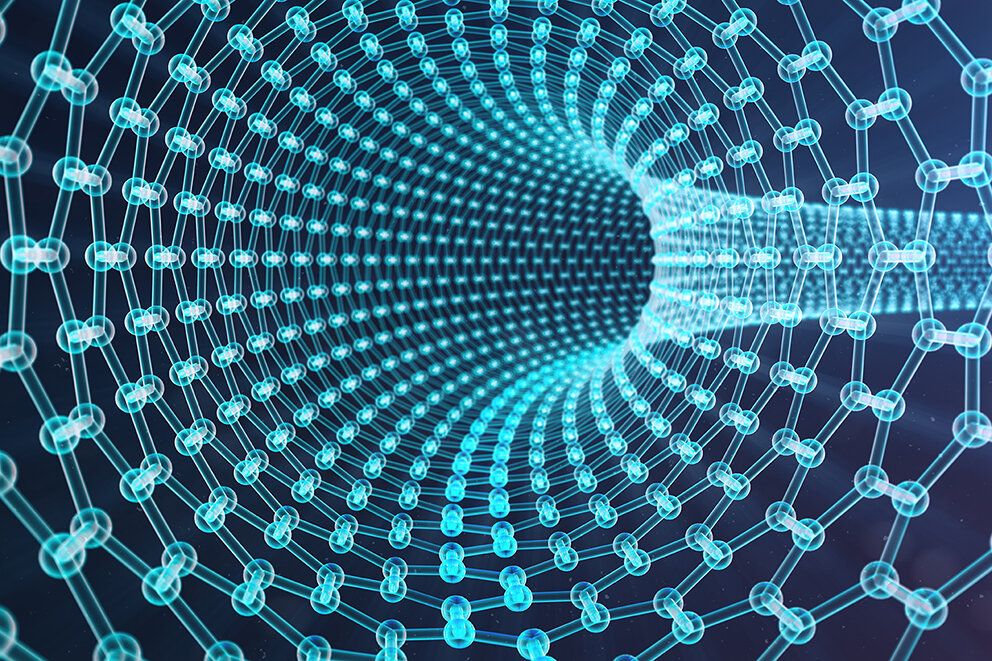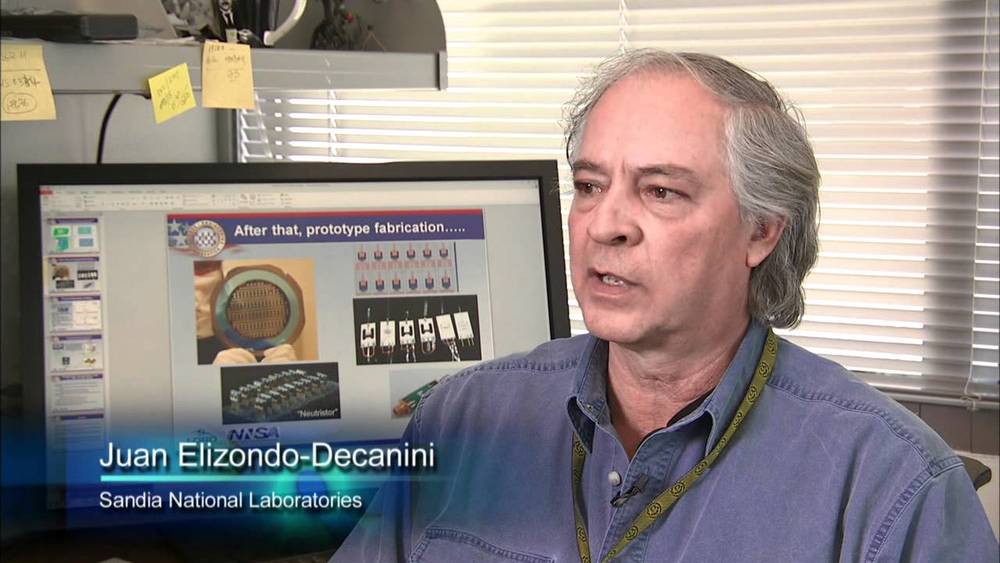Given the rapid development of virtual reality technology, we may very well be moving toward a time when we’re able to manage the brain’s memories.
Could we develop a similar capability? That may depend heavily upon a handful of ambitious attempts at brain-computer interfacing. But science is moving in baby steps with other tactics in both laboratory animals and humans.
Thus far, there have been some notable achievements in rodent experiments, that haven’t done so well with humans. We don’t have a beam that can go into your mind and give you 60 years worth of new experiences. Nevertheless, the emerging picture is that the physical basis of memory is understandable to the point that we should be able to intervene — both in producing and eliminating specific memories.
At MIT’s Center for Neural Circuit Genetics, for example, scientists have modified memories in mice using an optogenetic interface. This technology involves genetic modification of tissues, in this case within the brain, to express proteins that respond to light. Triggered by implants that deliver laser beams, brain cells can be triggered to be more or less active. In research that has been published in the prestigious journal Nature, the MIT team used the approach in specific brain circuits important to memory consolidation. The researchers were able to enhance the development of negative memories — for instance a shock given to an animal’s leg — and also to convert those negative memories into positive memories. The latter was achieved by letting male mice enjoy some time with females, while nerve cells that usually deliver the negative impulses associated with the former shock were stimulated through the optogenetic interface.









